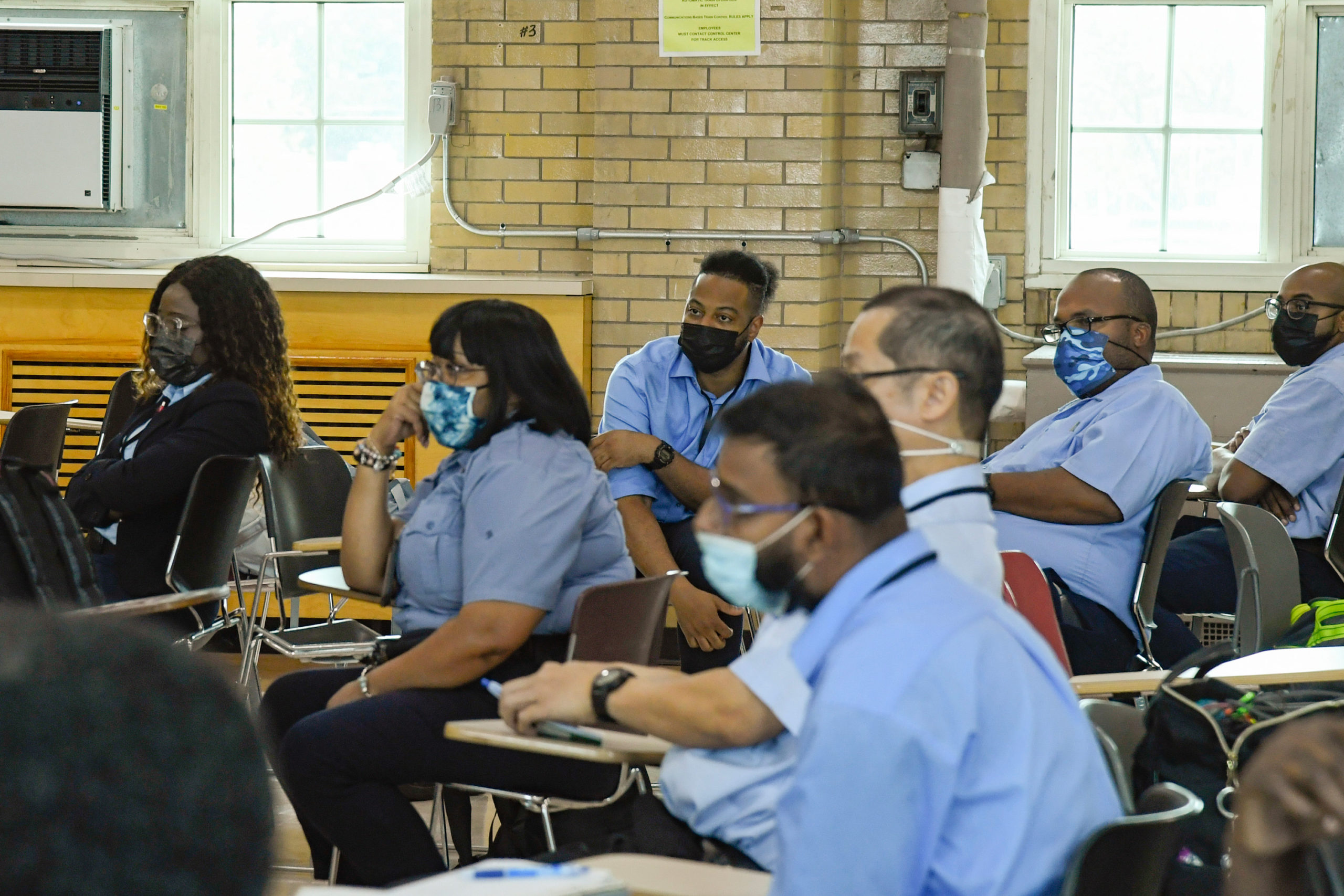MTA Gets Rolling With Hiring Spree, but Impact on Commute May Be Slow Going

 This article was originally published on by THE CITY.
This article was originally published on by THE CITY.
The MTA is starting to chip away at a worker shortage that’s caused tens of thousands of bus and subway trips to be canceled or delayed this year — but commuter relief could be months away.
Meanwhile, the chief architect of a pre-pandemic, Cuomo-era effort to trim the agency’s workforce resigned as records show the overtime bill for subway and bus workers is rising.

Brooklyn Boro
View MoreNew York City’s most populous borough, Brooklyn, is home to nearly 2.6 million residents. If Brooklyn were an independent city it would be the fourth largest city in the United States. While Brooklyn has become the epitome of ‘cool and hip’ in recent years, for those that were born here, raised families here and improved communities over the years, Brooklyn has never been ‘uncool’.